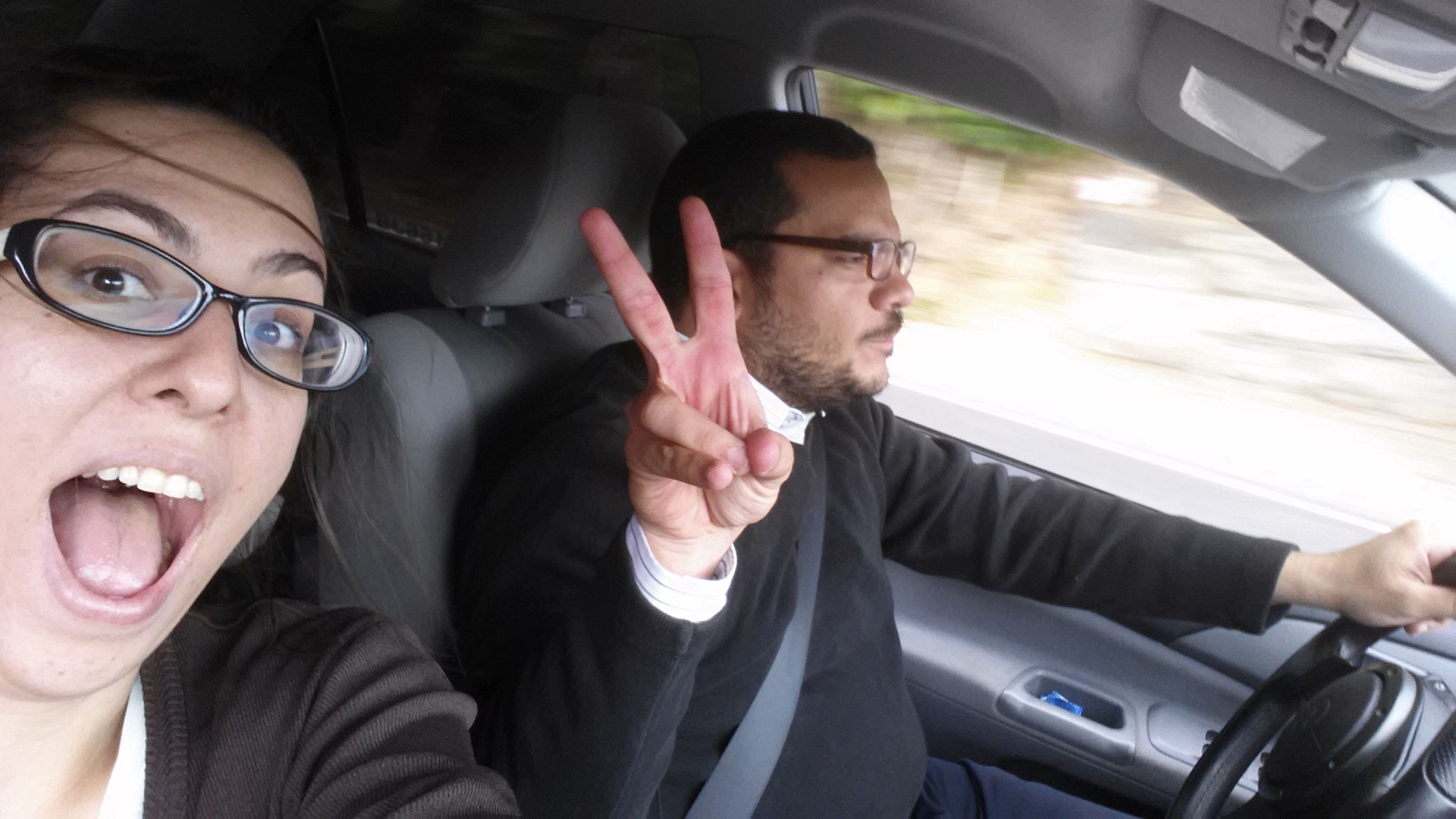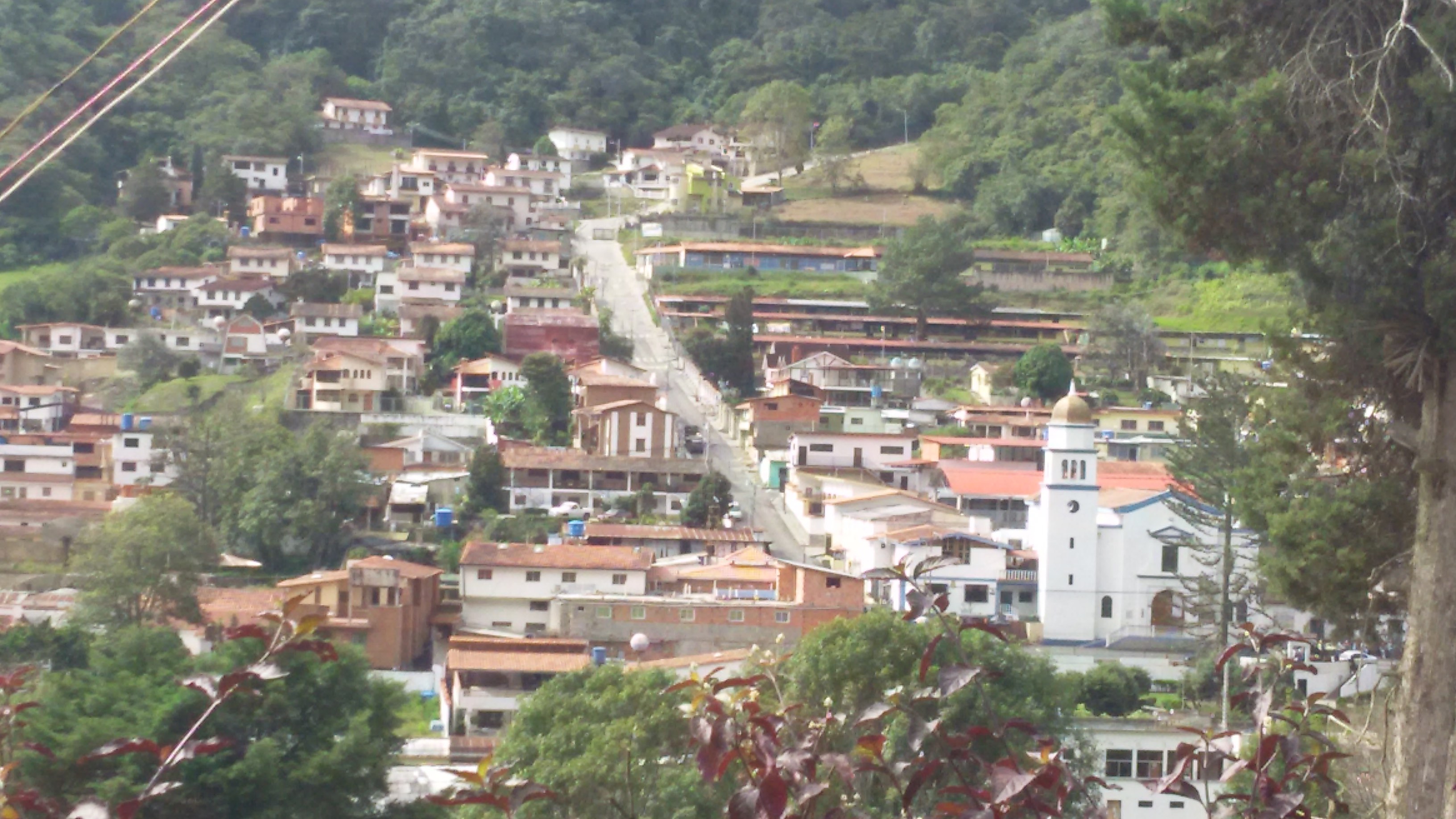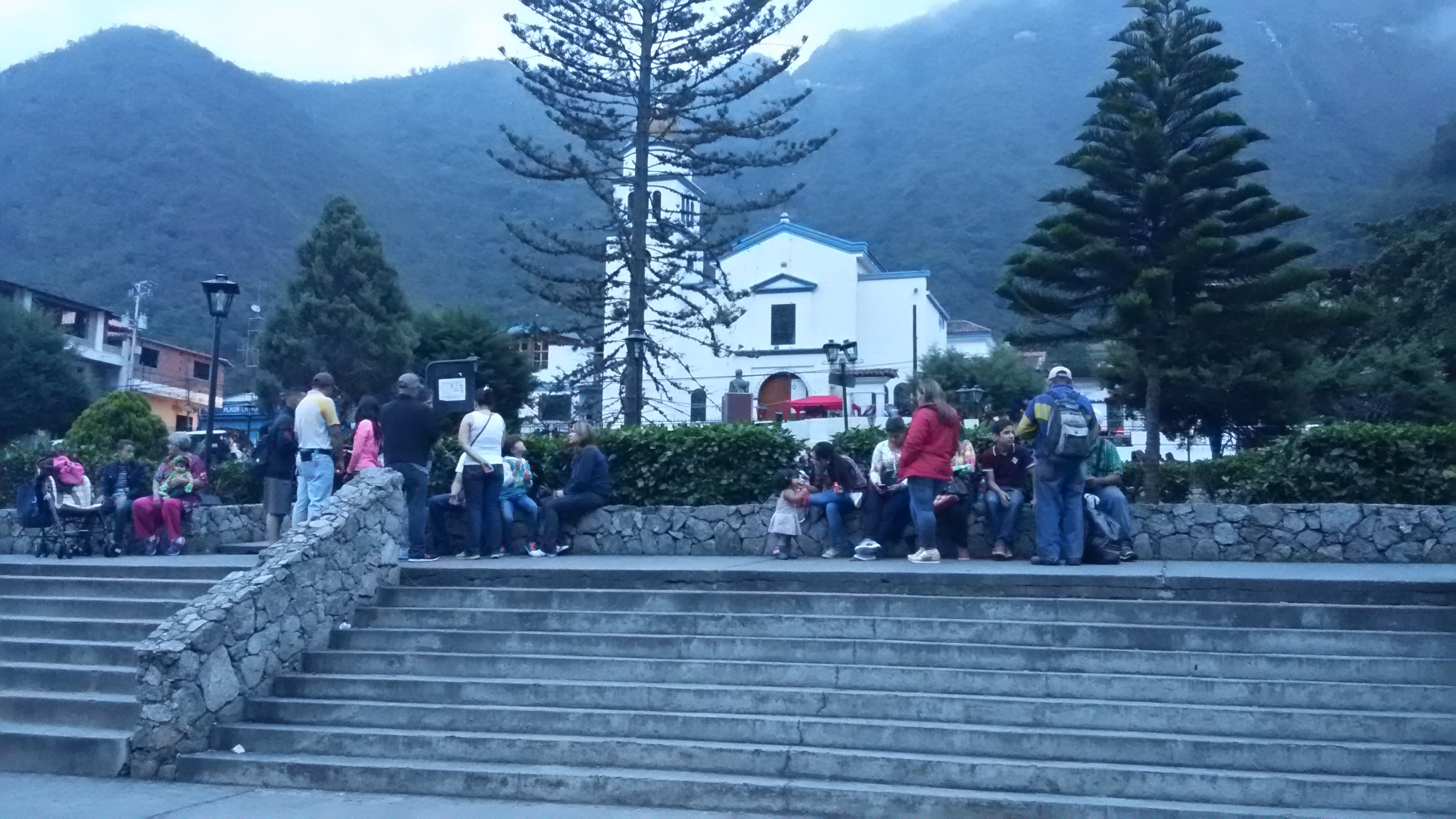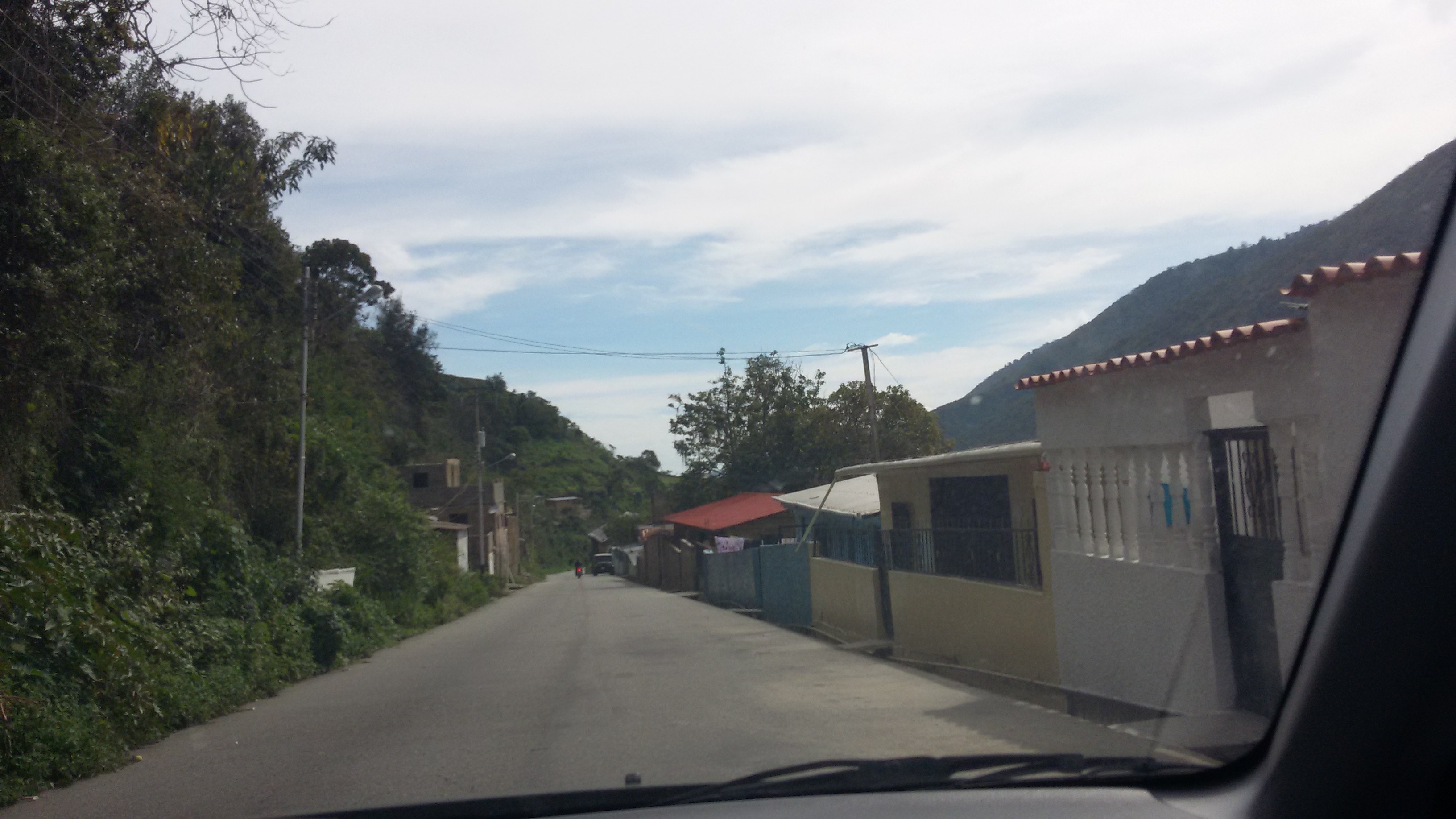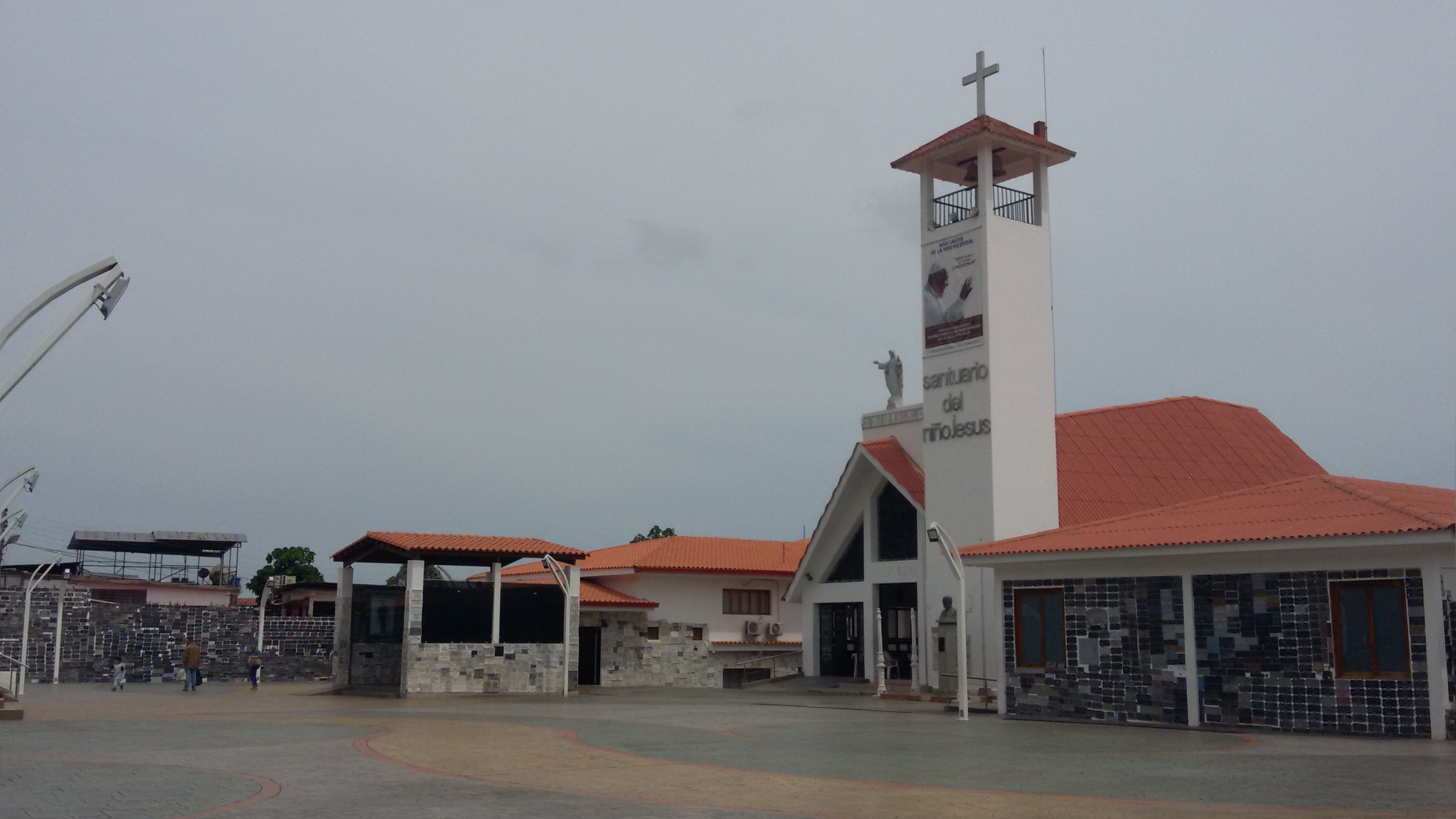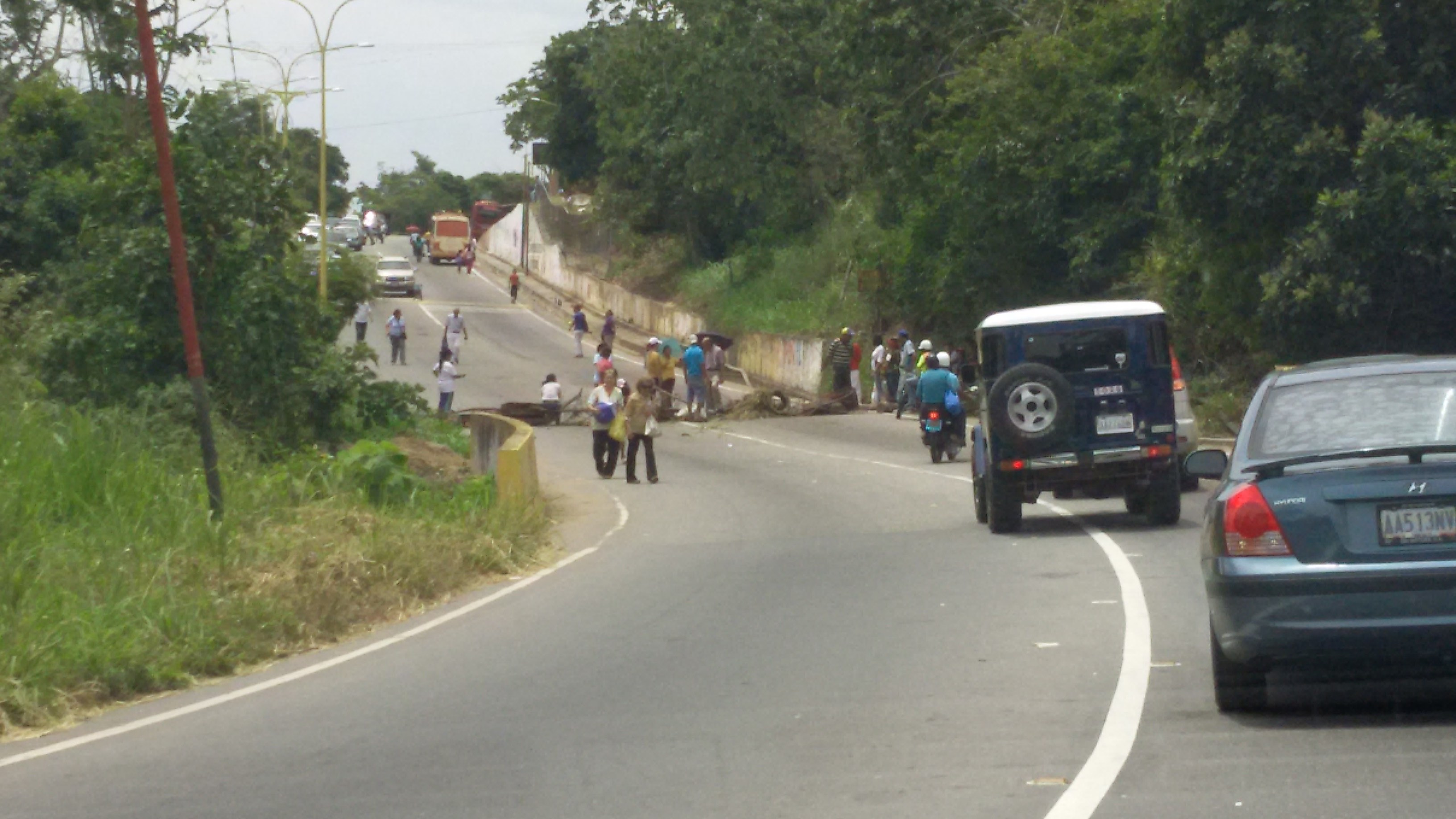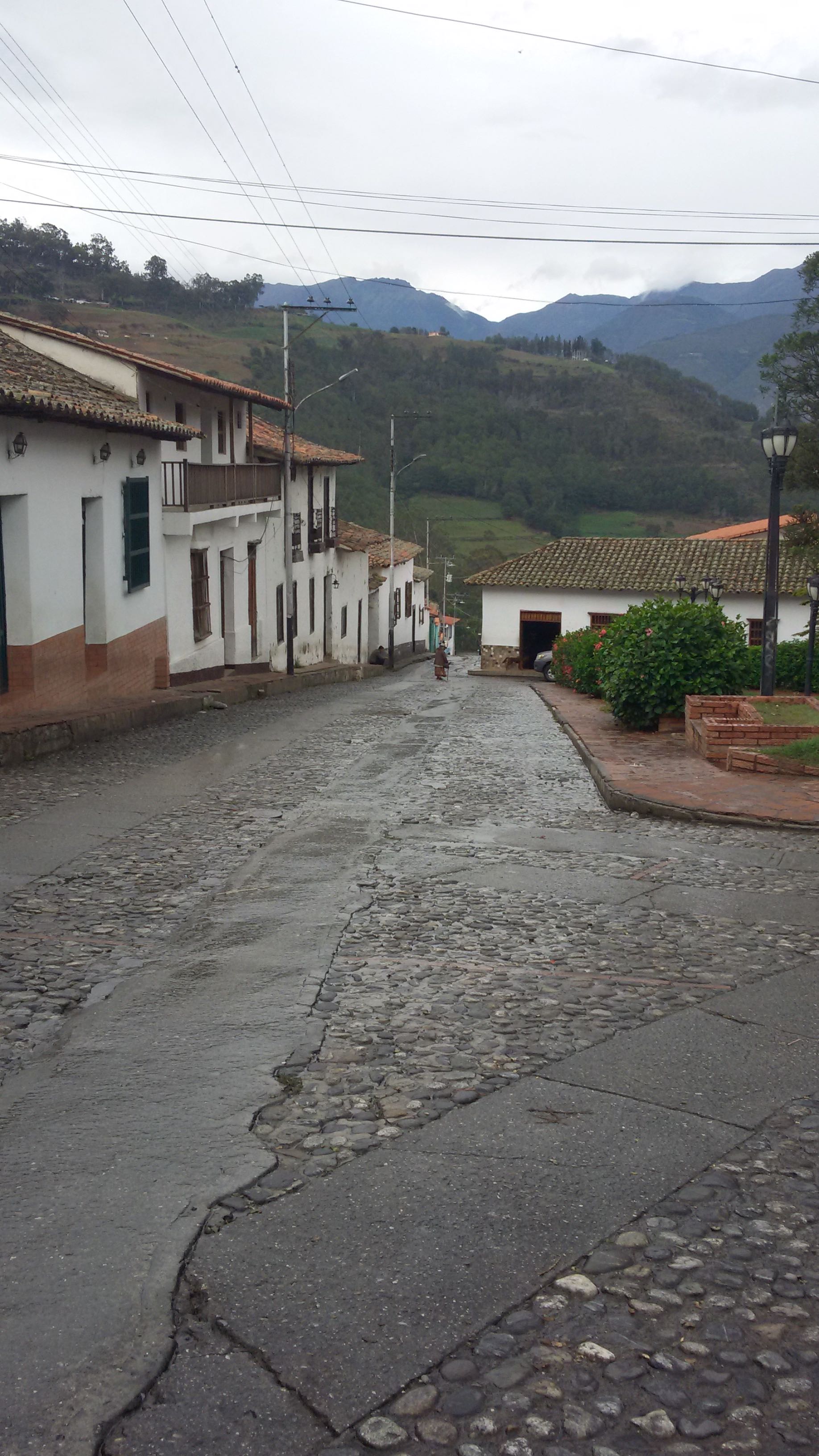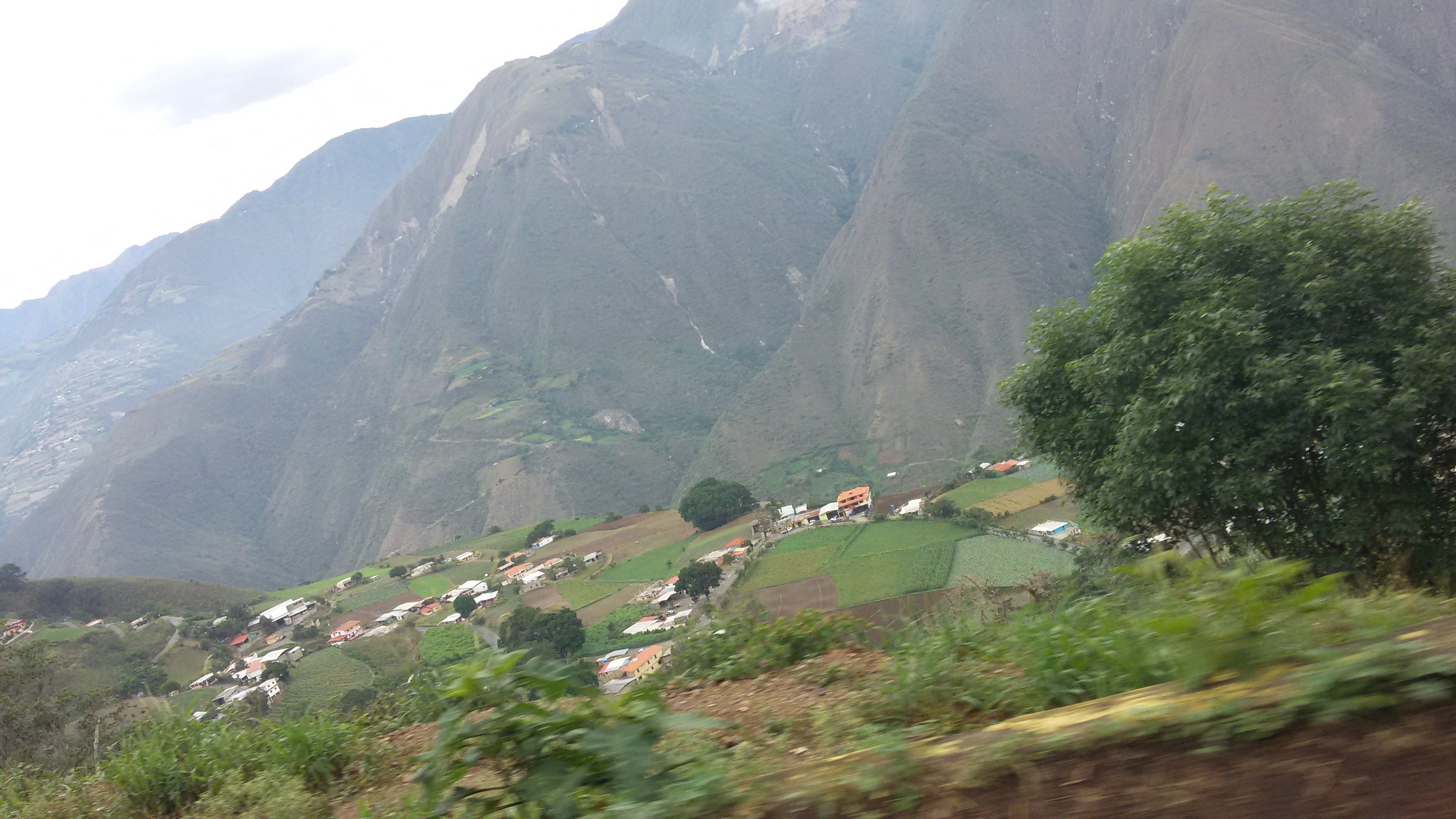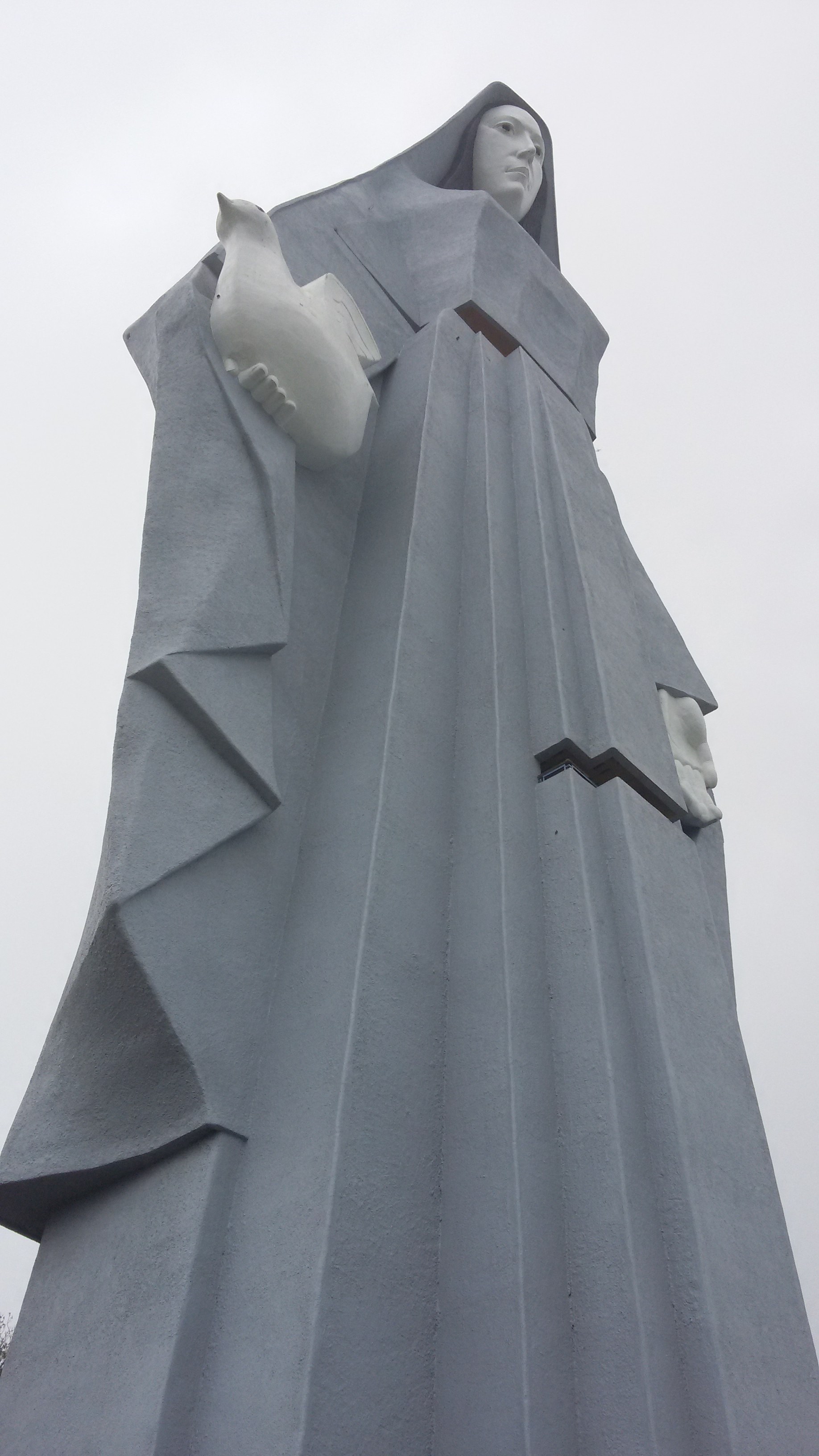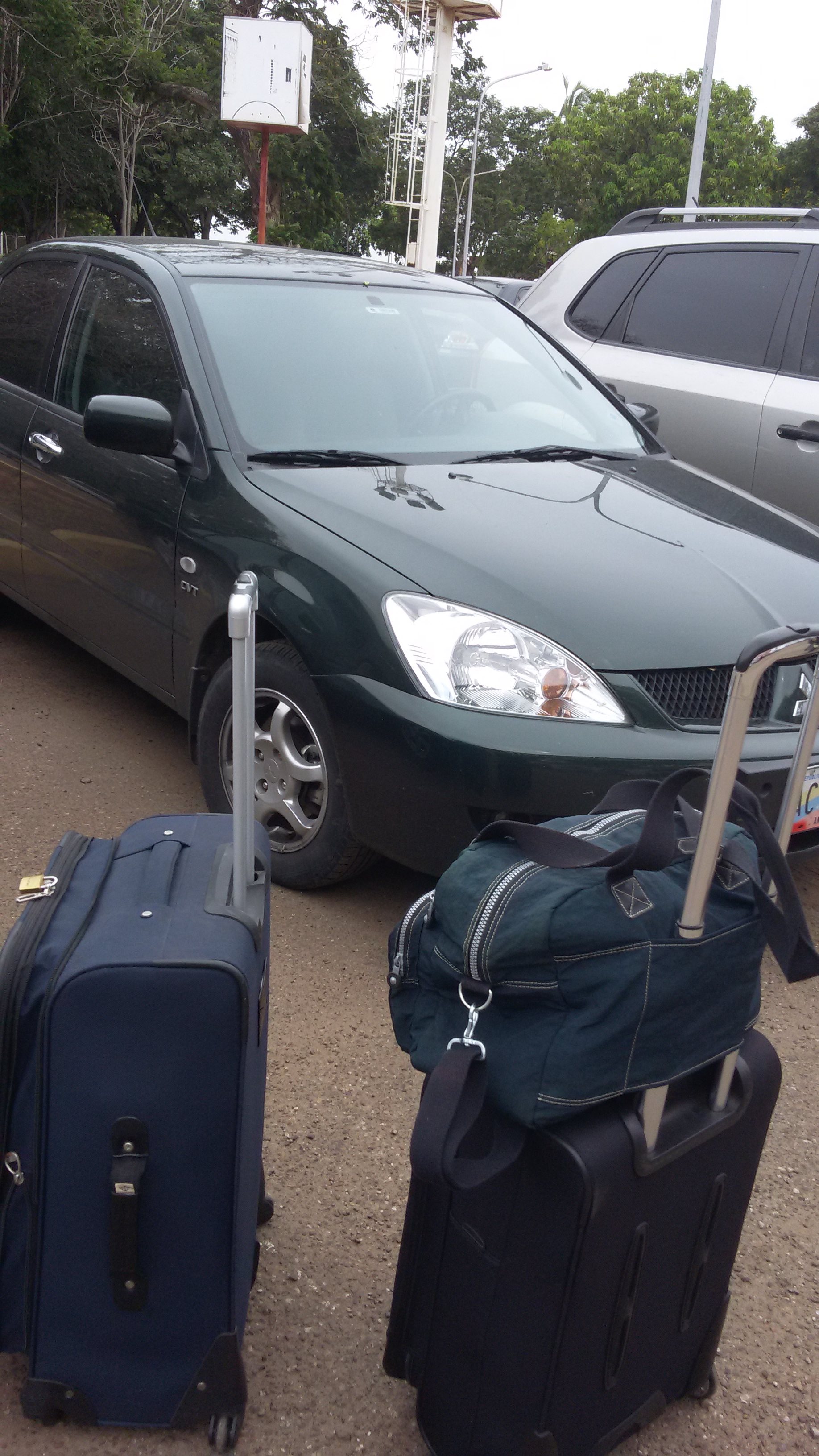Roadtrip in Trujillo
A scenic and human honeymoon trip through the Venezuelan Andes.


We rented a car in Maracaibo.
- “This is your car. The mileage is at 26 thousand. Here is your key”
- “Is the tank full?”
- “It’s full… and it has a chip, so you can get gas at any gas station”.
Let the road trip to La Puerta begin!
We drive slowly to take in the scenery in all its splendour. The mountains and trees seem to have a million stories and yet remain peacefully quiet.
As we drive past El Venado, Agua Viva and Motatán on our way to Valera, we’re surrounded by every imaginable tone of brown and green with some sporadic yellows and oranges. When you roll down the windows, the car fills with fresh air and sunlight.
I felt like sticking my arm out of the car to feel the breeze and surf the wind… and after a week, my left arm seems like it had just come back from the beach… not so the rest of my body.
On every speed bump, locals would sell coffee, papelón con limón, eggs, pineapples, lemons. But then also dish soap -both, concentrated and diluted with water. These weren’t bachaqueros… they were local merchants.
We got nervous at every alcabala. We had nothing to hide, but the reasons to pull over a car seem pretty arbitrary.
It took us two coffee stops, 4 peajes, 2 pregúntale al pana estes, half a dozen alcabalas, a couple of quemaditos of Guns’n’Roses, Nirvana and Metallica and 5 hours to get to La Puerta.
On our first morning in La Puerta, we went into a recuerditos store. Just as I clumsily dropped an orange dulcito we had just bought, the lady from the store said: “¿vieron que los dulces están caros? Acaba de pasar el dulcero y los volvió a subir”. I turned and said to Carlos “we better not bring dulcitos to Caracas, too much sugar is bad for you”.
We asked about closing time so we could stop later on to buy some vino de mora. The lady said “I’m here until 6, but have punto de venta until 4”. Just as I raised my left eyebrow, she added “el racionamiento [de luz] de hoy es de 4 a 7”. The power cuts would move three hours up on the schedule every day.
We would later learn there are vino de mora shortages in the area. En este país no se puede vivir.
There are no puntos de venta during power cuts, but life still goes on: stores stay open and the neighbors would sell all sorts of things from the comfort of their front porches. When we asked about the scheduled power cut for the day, locals would always ask other locals “¿a qué hora es que nos cortan la luz hoy?”
There was no alumbrado público during power cuts, but life still goes on. On the day the power cut was set between 7 and 10pm, we headed to the street to catch the “lights out” moment… but nothing happened. Only a couple of stores closed and the rest remained open a la luz de las velas or powered by power plants. The plaza was filled with families enjoying the late sunset. You could hear a mix of laughter mixing with the sound of power plants.
The government may take their lights, but they will never take their freedom.
Note: we spent the last week of power cuts in La Puerta. Starting on Monday July 4th, life will go on… but the power cuts won’t.
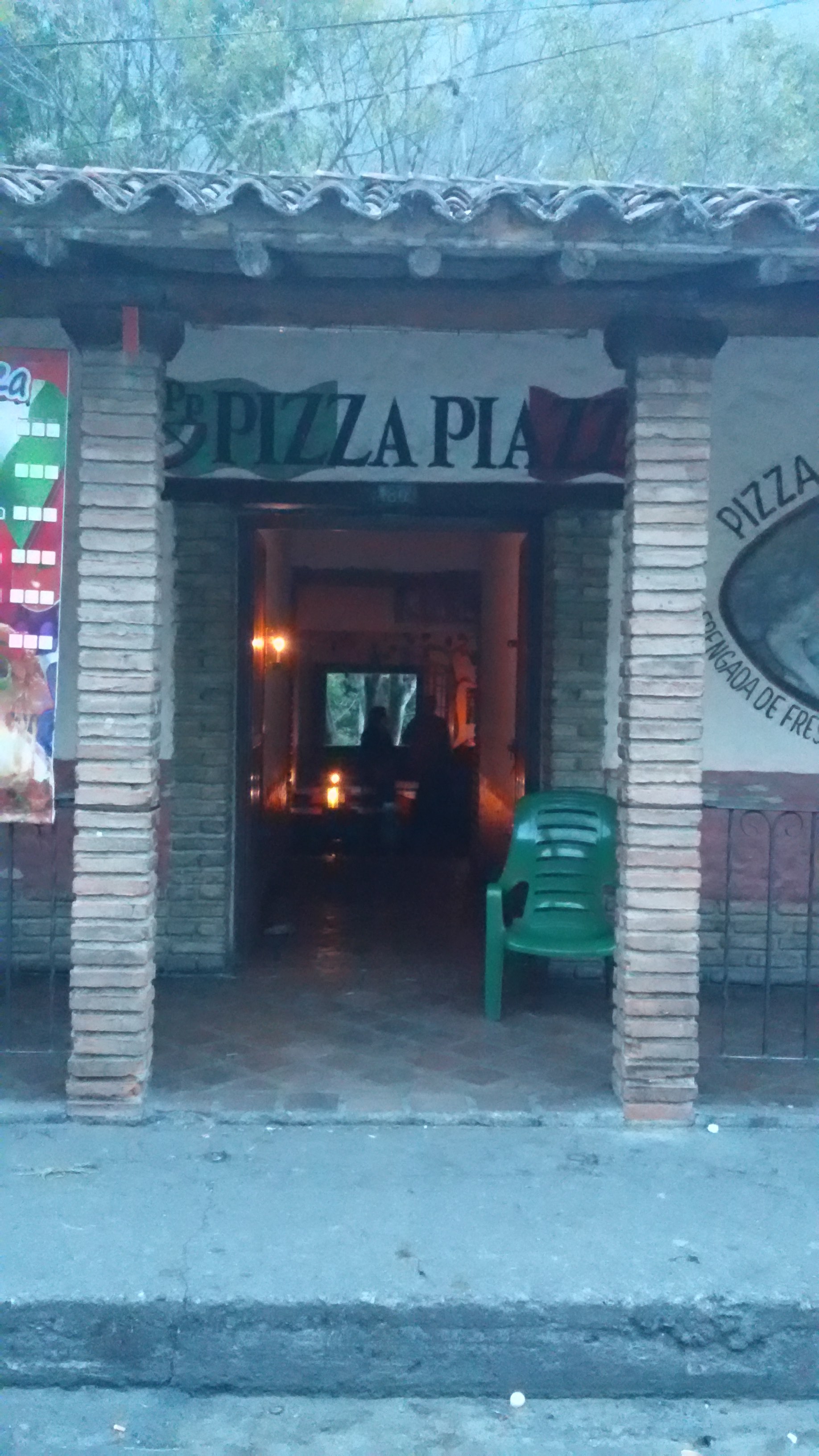 The roads that connect the different poblados near La Puerta are narrow and mostly two-way, though some were only big enough to fit one car, two dogs and one local. There are no such thing as sidewalks and locals would walk on the edge of the roads with little to no worries. We were always in a hurry to get somewhere, but locals were simply living the moment.
The roads that connect the different poblados near La Puerta are narrow and mostly two-way, though some were only big enough to fit one car, two dogs and one local. There are no such thing as sidewalks and locals would walk on the edge of the roads with little to no worries. We were always in a hurry to get somewhere, but locals were simply living the moment.
Mothers carry their babies wrapped in blankets, merchants carry and sell their merchandise, students talk playfully with their friends, kids walk and ride bikes by themselves and a couple of locals stop cars and motorbikes just to catch up with the driver.
Trucks filled with vegetables and fruits are a common sight. In the morning, you can see locals filling up the trucks and, in the afternoon, the empty trucks parked in front in front houses here and there.
Every couple of kilometers you come across some cows and horses. They were just standing there by the side of the road, ignoring the annoying cars, grazing and enjoying the view.
Dogs, by contrast, are just everywhere. At all times. They will eventually take over all of Trujillo State and then rule the world.
I take it back: moscas will take over Trujillo and then rule the world.
The sides of the road were filled with little houses that seemed frozen in time, painted with every color from the Crayola pallet. Some seemed pretty rustic, others were the perfect little Polly Pocket house and some even had small greek-style columns. The houses reminded me of a my grandma’s collection of clay houses, a traditional recuerdito any visitor can get in pretty much every single tourist stop in the country.
Almost every house had a homemade sign to sell, well, anything: “si hay” cornflower, cheese, milk, eggs, tires, tarjetas Movilnet, melaza… Every single sign seems to have been written by the same person. Even the ‘for sale’ signs on old cars. There should be a font created in its honor called “CV”, short for “se vende”.
Most locals own really old cars and pick-ups. Some seem like they might break down any second and others seemed brand new. Jeeps are rather popular, specially to drive on the dirt roads and steep hillsides all around.
The distances between one reference point and the next are huge. Every single local would direct you to the same reference points, even if they were a million kilometers away: “cruza después de la bomba de gasolina” like it was the only one; or “llégate a la esquina” without specifying which; or “sigue recto” though the road was filled with forks.
Carlos and I are “by the book” kind of people. We wanted detailed, specific instructions: cross left at the third fork, turn right after the second puente de guerra and keep going straight for another kilometer. Locals weren’t much into details…or kilometers. Distances were measured in minutes or hours, without specifying velocity or acceleration. Our “by the book” brains didn’t take too well to this.
Somehow, though, we always managed get to our destination, because every single local would stop to give you directions with the biggest of smiles.
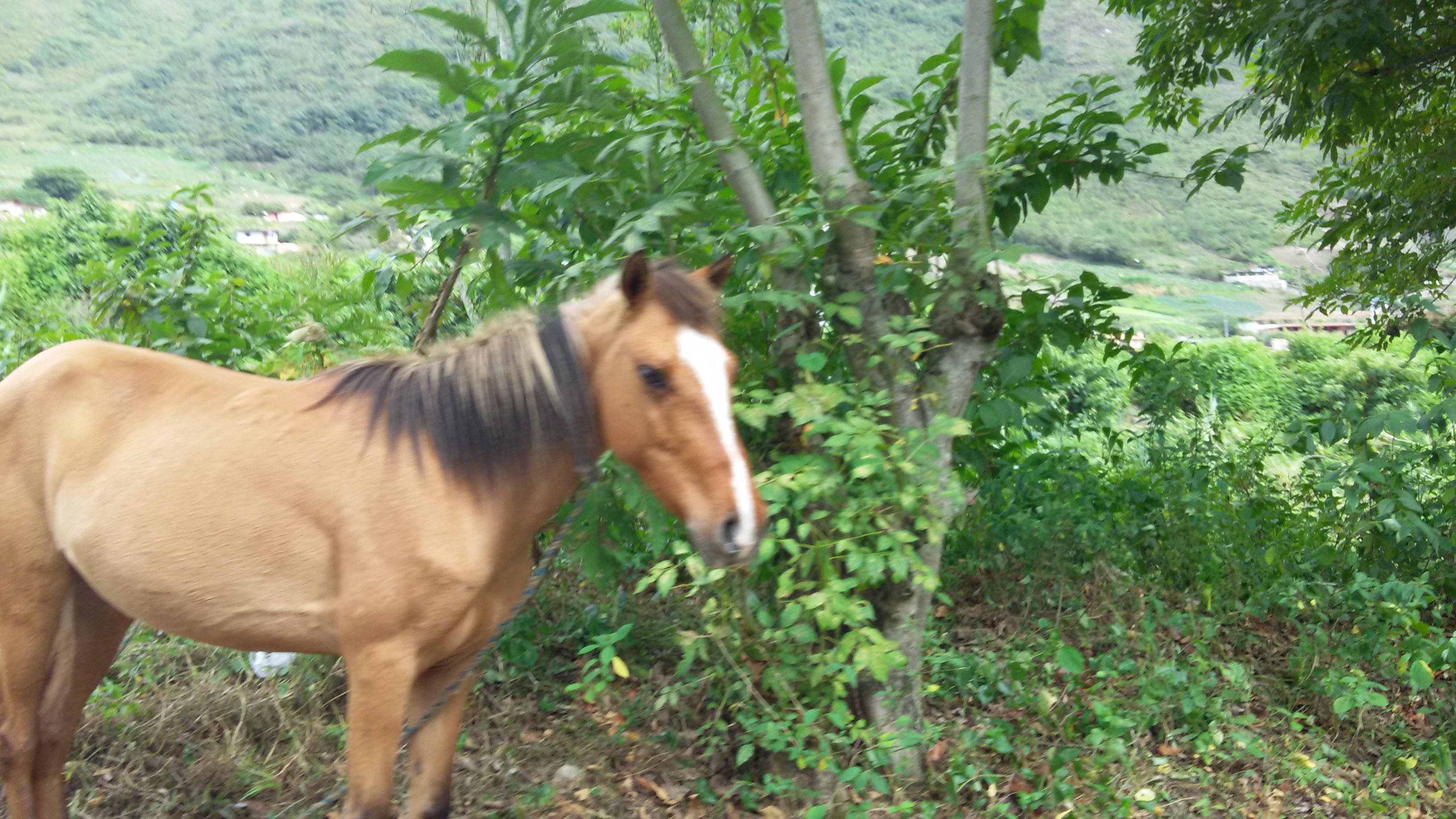
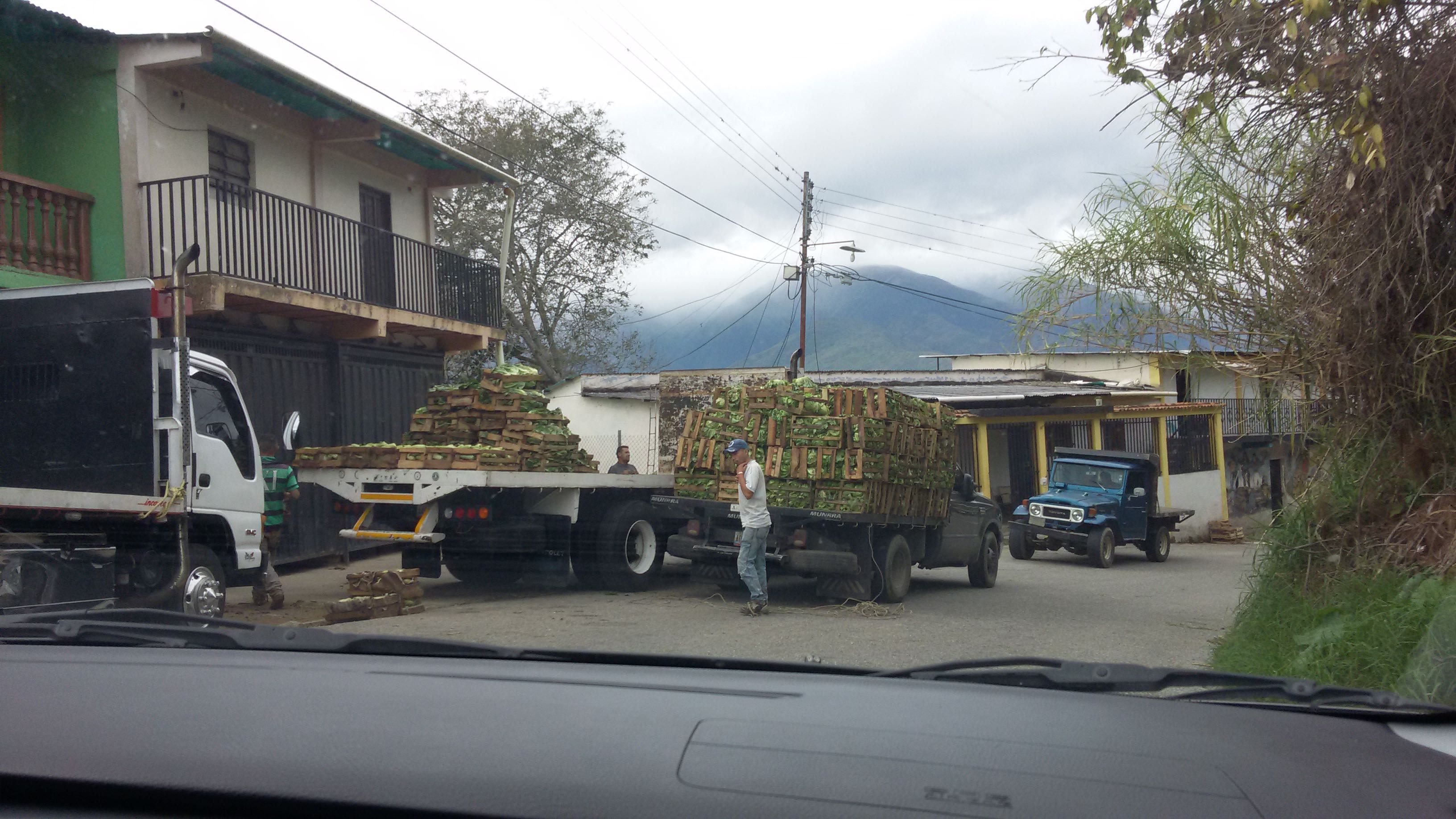 We wanted to visit Boconó. So we get in the car, set the GPS and drove off. We follow the lady with Spanish accent al pie de la letra, however Carlos insists she wanted to kill us.
We wanted to visit Boconó. So we get in the car, set the GPS and drove off. We follow the lady with Spanish accent al pie de la letra, however Carlos insists she wanted to kill us.
After driving for quite a while, the road seems to get narrower and narrower and steeper and steeper. We’re in the middle of nowhere when we come across a really old campesino. He’s just standing there, staring into infinity. He was probably born there and had never gone farther than Valera. When he tells us we need to turn back, we realize that the española screwed us. The old man asks for some money to buy cigarettes. We aren’t sure where he would buy them, but we give him 100 bolos and drive off.
After asking about a dozen locals, we were on our way to Boconó vía La Concepción… but we never got there.
We drove around and simply enjoyed the view. I took a million pictures, but none do justice to such gorgeous and pintoresco sights. When it started to rain and the fog came down, we decided to drive back.
We didn’t get to Boconó, but the long drive was well worth it.
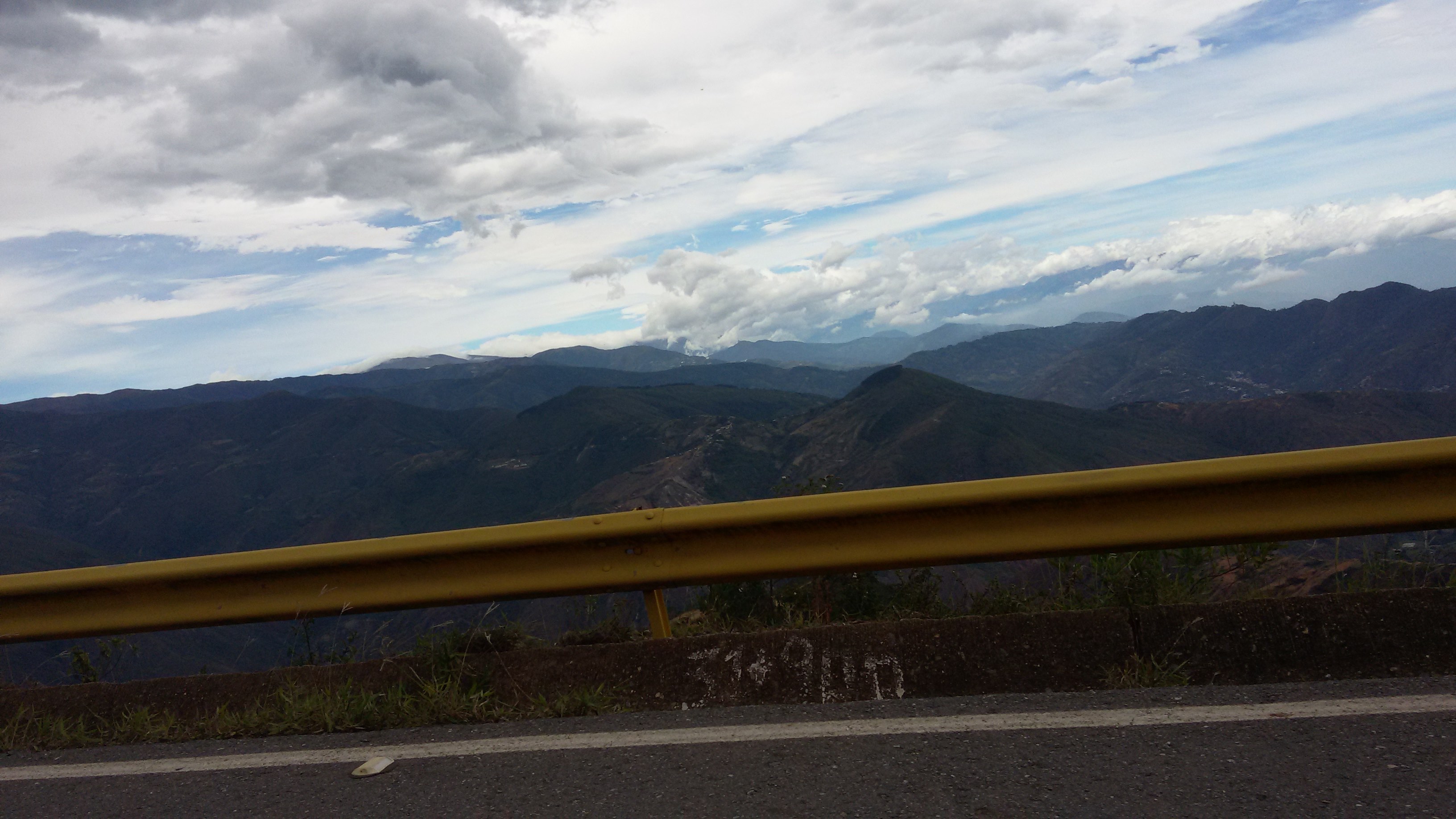 After our failed Boconó adventure, we decide to visit other poblados closer to La Puerta. We left the española locked in the glove compartment and followed the signs… though we have to ask locals every few kilometers.
After our failed Boconó adventure, we decide to visit other poblados closer to La Puerta. We left the española locked in the glove compartment and followed the signs… though we have to ask locals every few kilometers.
In every town, Carlos would say we should go to the Plaza Bolívar to brindar respetos al Padre de la Patria. Then, we would walk around and get some coffee. Besides La Puerta, we visited -in no particular order- La Lagunita, Isnotú, Betijoque, Mesa de Esnujaque, Jajo, Mesa Los Moreno, Escuque, Mendoza Fría and Trujillo city.
In La Lagunita Carlos wanted to rent a water pedal boat. I’ll admit I was worried about safety…chorreada you could say. So I insisted we drive along. The poblado is gorgeous.
In Isnotú we learned that more than 26,500 plates of agradecimiento por favores concedidos por Jose Gregorio Hernández fill the church and santuario of the venerable. Another 14,000 plates are waiting to be hung. And if you want to buy some figuritas or imágenes to pay respects,, but you’re out of cash… worry not, they have punto de venta.
Neighbours blocked the road between Isnotú and Trujillo, so we took the long way back to Valera and passed across Betijoque. As soon as we start to say the town seems to be frozen in time, “What’s Up?” by Four Non Blondes starts playing.
In Jajo we notice that everything’s particularly quiet. We go into a store that sells food and school supplies. Globovisión is on and the store owner, hypnotized by something Nora Bracho is saying, serves us some coffee.
Carlos says: todo está como cerrado, ¿no?
As I add a “pareciera”, the lady comes out of her hypnosis and says: “Jajo es así… tranquilo”.
In fact, so tranquilo, that an old lady stands in the middle of the street surrounding Plaza Bolívar -the center of town- unworried about being hit by a car. We even see a motorbike avoiding her like it was an everyday type of thing.
On our way in and out of Jajo we cross Mesa Los Moreno… a local said that in the maps it’s called by some other name, but “los hermanos son Los Moreno”. It feels like some kind of Godfather thing, so I smile, pay for a Susy and get back in the car.
Driving to Mesa de Esnujaque, I couldn’t stop thinking that if you took away the “ja” in Esnujaque you would get “Esnuque” —neck wringing– as in “se ‘esnucó cuando el carro salió volando de la carretera”. Anyhow, I enjoyed the drive: the scenery is beautiful and the crops alongside the road deserve the cover of National Geographic.
We’re amazed by how big the Plaza Bolívar de Escuque was. We get there by noon and the bells of the church start to chime… with a rather eclectic twist. It chimes three times twice and then… well… lets just say it gets creative.
When we arrive at Mendoza Fría, pretty close to La Puerta, the local CLAP is handing out bags of groceries in front of the church. I’m afraid of walking across el gentío, I don’t want people to think I’m cutting in line. Eventually, the lady organizing what seems to be a list of the afortunados to get the bags tells me to go ahead and walk across. The church is gorgeous: worth the scare.
The Plaza Bolívar of Trujillo is very pretty, but rather chaotic. A lot of people walking around, locals selling pretty much anything and many walking around with carpetas manila under their arms. The heat is, in the words of Carlos -my maracucho de confianza– “como el quinto infierno”.
In Trujillo we also visit El Monumento de la Virgen de La Paz, which is the highest statue in America – even higher than the Statue of Liberty. You can see it from Trujillo and it’s amazing how it grows as you get closer and closer. At one point we think the car would not make it, but it doesn’t let us down. When we arrive, the first thing we hear was: “el mío, para el carro de este lado”. After we park the car, we buy our tickets and head to the Statue. It’s simply breathtaking.
Our adventures were were awesome… and the scenery even better.
Caracas Chronicles is 100% reader-supported.
We’ve been able to hang on for 22 years in one of the craziest media landscapes in the world. We’ve seen different media outlets in Venezuela (and abroad) closing shop, something we’re looking to avoid at all costs. Your collaboration goes a long way in helping us weather the storm.
Donate


